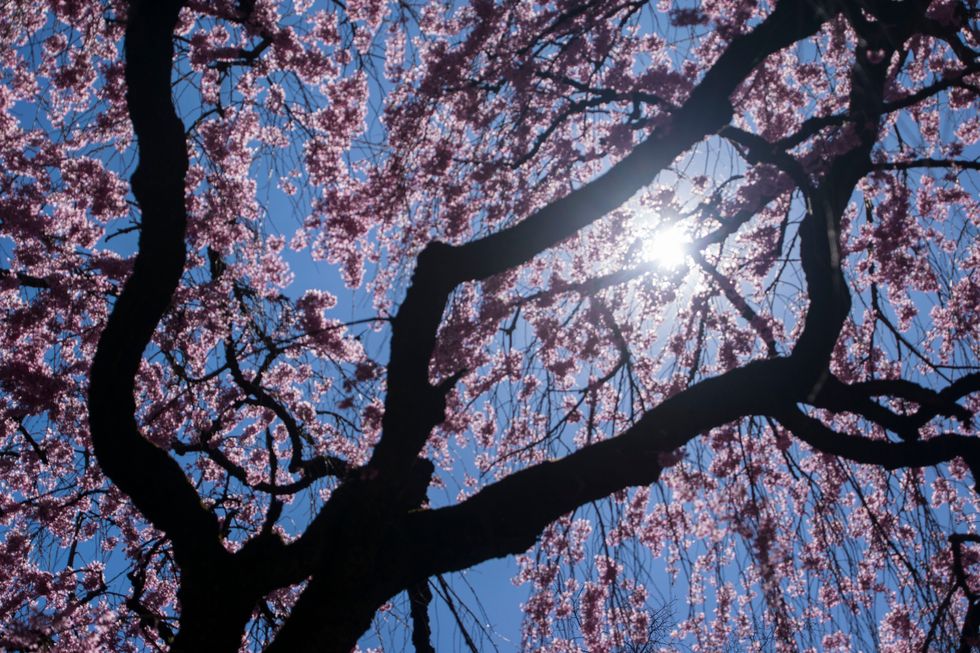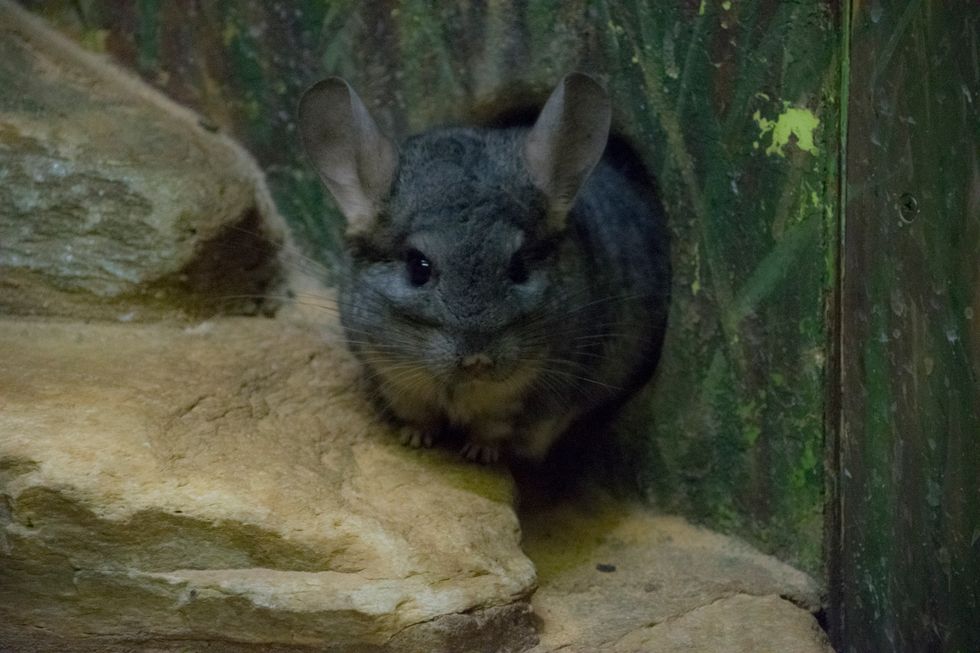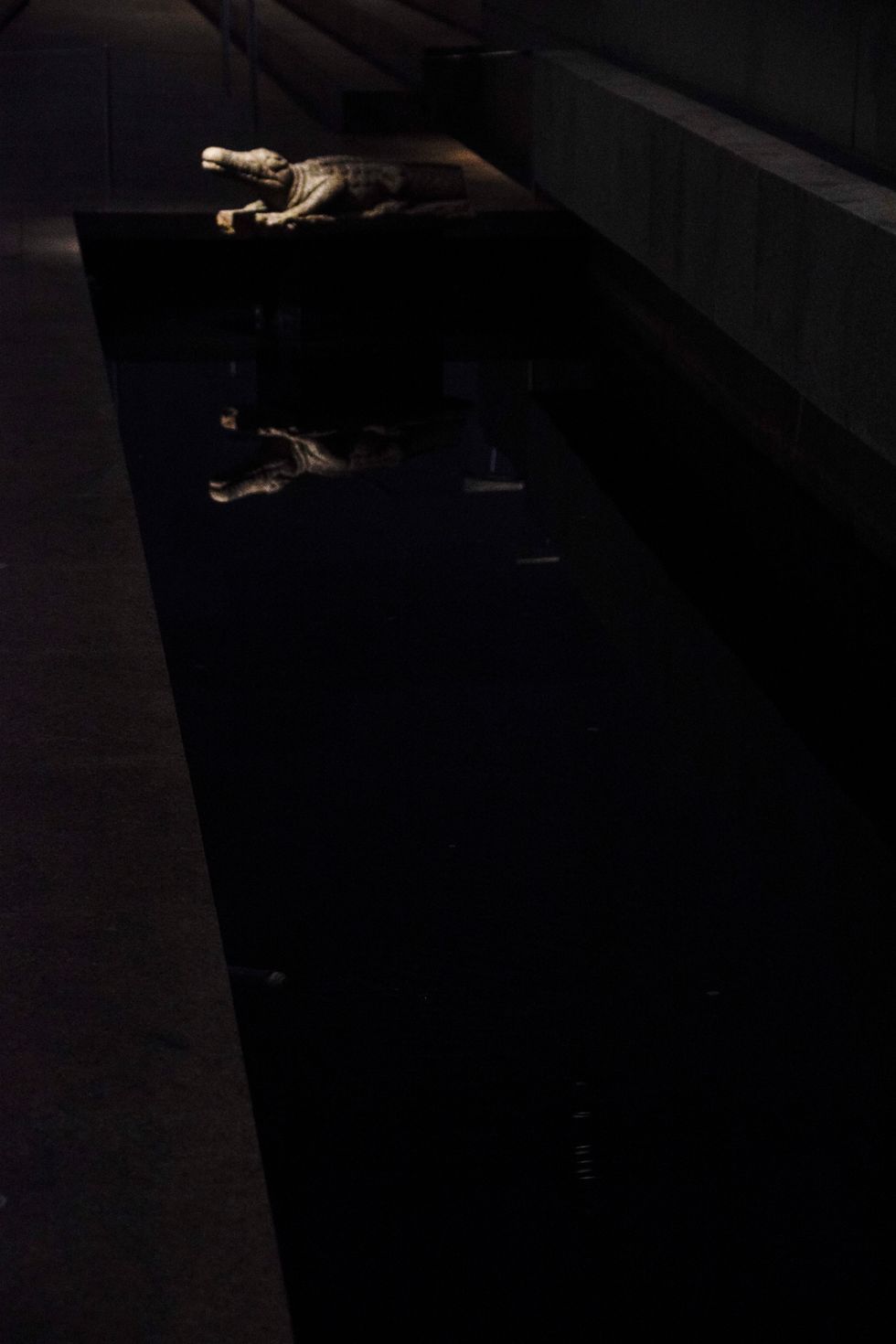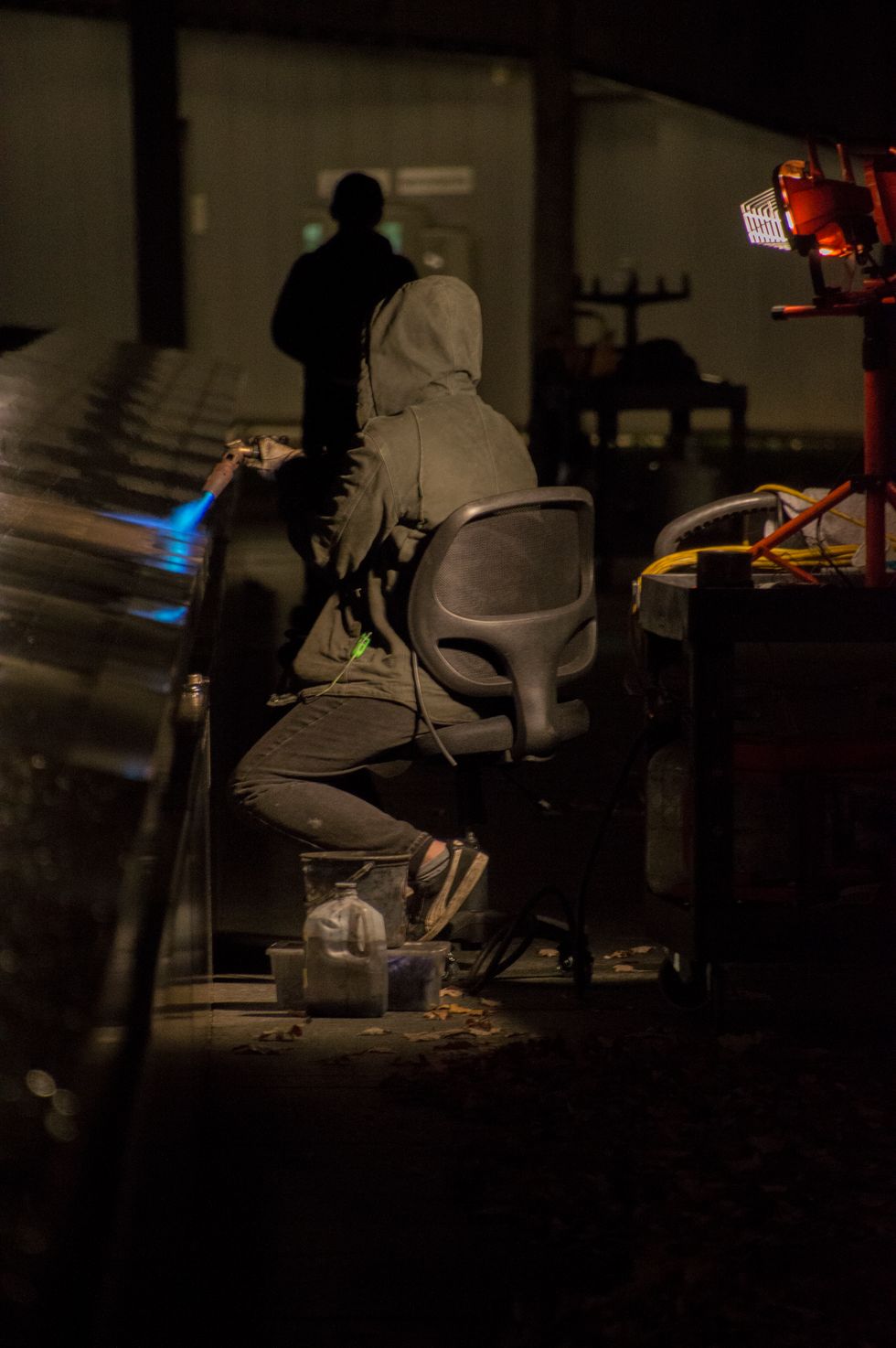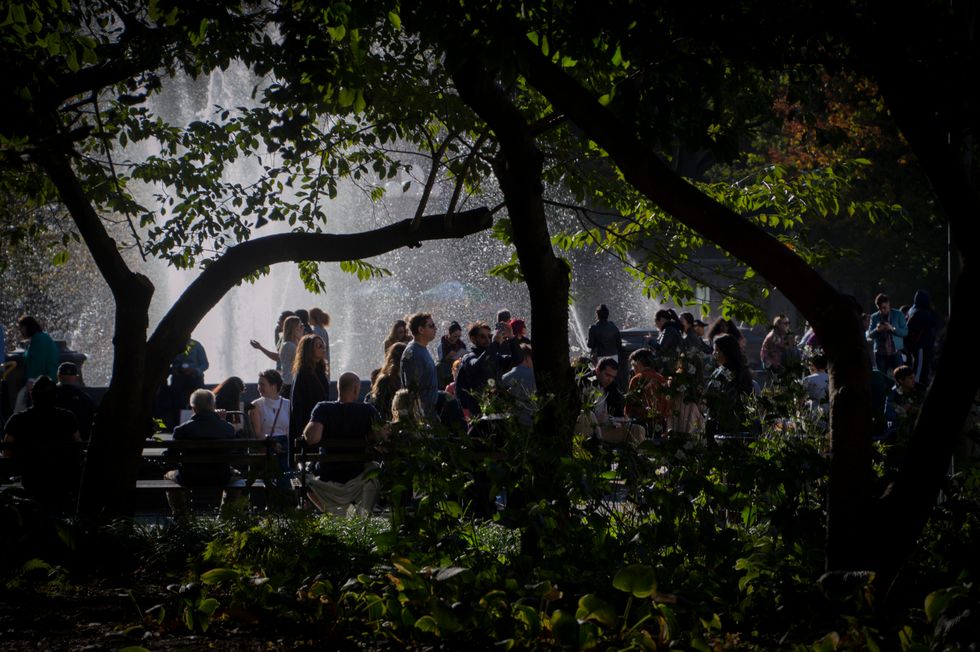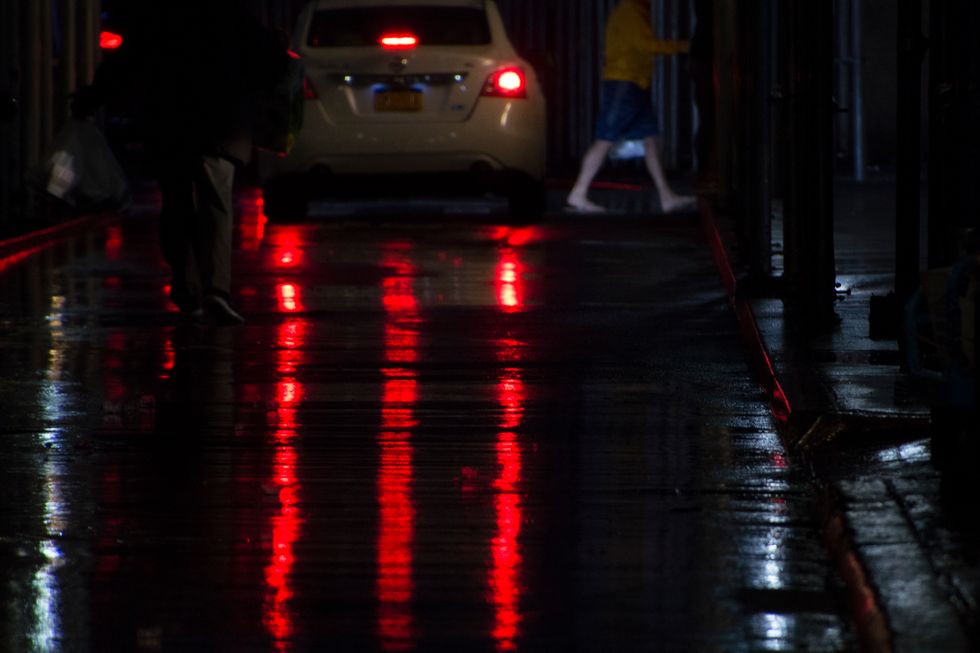Most people think that photography is only about finding a good picture, and while that is mostly true, there is a side to photography that most people rarely consider: Light. Light is the most important aspect of photography. Even if a photograph is otherwise compositionally perfect, an absence of light ruins it completely.
There are three ways to ensure you have the correct amount of light, or exposure, in a photograph: ISO (Pronounced EYE-so), shutter speed, and aperture size. Changing each of these different settings creates different results. Higher ISO settings make photographs more grainy, slower shutter speeds leads to blurrier photos, and larger apertures widen the depth of field. It’s important to understand the impact each of these settings have on your photograph, so that you can determine the composition.
This is a Chinchilla from the Bronx Zoo. The “Mouse House” at the zoo has no windows and limited lighting so I was forced to raise the ISO sensitivity greatly so that the photograph would be bright enough. Because of the high ISO, the photograph is very grainy and lacks sharpness.
Sometimes, its necessary to alter a composition because of the available lighting options. In this photograph, the ISO is raised just enough to give a sense of the surrounding area, and to emphasize the crocodile statue. From this photograph, we can see that aside from its technical importance, light and lighting can also be used as a compositional element.
In this photograph, the worker is isolated from the foreground and background by light and darkness. Although this picture was taken at night, I lowered the shutter speed to 1/60th of a second (Normally I like to keep it at 1/80th at the lowest), so the ISO could remain relatively high. This means that, despite a slight grain in the background, the worker and his immediate surroundings are still sharp.
In this image, because it was a bright day, I placed a shady patch of trees between myself and what I wanted to capture. In setting my exposure to correctly show the people, it left the shadows created by the trees underexposed, so that the branches and leaves were silhouetted. It’s important to understand what’s light, what’s dark, and how to expose for each, because by doing so you can add another level of depth to photos.
I chose to use light as the main focus of this image. Instead of showcasing some object, I chose to use the lights of the car and streetlamps as the subject.
There are many ways in post processing that you can adjust exposure and light in a photograph, but it’s always better to leave it perfectly exposed before you edit it, because it will give you more creative options in the computer.
Flashes are another option if you are seeking light, but they would require a whole other article to explain fully, as they have a wide range of effects on photographs than ISO, shutter speed, and aperture combined.
The word “Photography” is a combination of two Greek words: phōs and graphé. Light and drawing. When translated literally, photography means “writing with light” Without light, we wouldn’t be able to see, plants would never grow, and photography wouldn’t exist. So, the next time you take a photograph, understand that the light dictates everything.

